Stock Market Today: What Lousy Job Numbers? Major Indices Shoot to New Highs
Hope springs eternal for federal COVID stimulus, helping stocks rewrite the record book Friday despite a drab November payrolls report.


The Bureau of Labor Statistics delivered a doozy of a nonfarm payrolls report Friday.
The good news: The unemployment rate dipped to 6.7% in November from 6.9%. The bad news? The U.S. added just 245,000 jobs last month – substantially lower than economists' expectations and a clear slowdown from October's revised 610,000 additions.
"It's not surprising to see a one-month pause in the rapid pace of payroll gains we have seen, with slower hiring due to temporary COVID-related reductions in activity, even if the actions fall short of the dramatic springtime lockdowns," says Rick Rieder, BlackRock's chief investment officer of global fixed income.
From just $107.88 $24.99 for Kiplinger Personal Finance
Become a smarter, better informed investor. Subscribe from just $107.88 $24.99, plus get up to 4 Special Issues

Sign up for Kiplinger’s Free Newsletters
Profit and prosper with the best of expert advice on investing, taxes, retirement, personal finance and more - straight to your e-mail.
Profit and prosper with the best of expert advice - straight to your e-mail.
Some on Wall Street were a little more pointed in translating the payroll numbers, however.
"This is a disappointing report, and one that shows the third wave of the pandemic is having a bigger effect on hiring than had been thought, says Brad McMillan, chief investment officer for Commonwealth Financial Network. "This is a wake-up call for Congress and should support more federal stimulus."
Capitol Hill appears to be listening. Today it was House Speaker Nancy Pelosi weighing in, saying "there is momentum" toward a COVID-19 relief bill as the clock winds down on 2020.
Wall Street clearly put more (ahem) stock in Washington negotiations than slowing employment gains, as investors drove the Dow Jones Industrial Average (+0.8% to 30,218) to fresh-all time highs, led by Caterpillar (CAT, +4.3%), Chevron (CVX, +3.9%) and International Business Machines (IBM, +2.9%).
Other action in the stock market today:
- The S&P 500 advanced 0.9% to hit a new high of 3,699.
- The Nasdaq Composite broke through the ceiling, too, gaining 0.7% to 12,464.
- The small-cap Russell 2000 reached a new peak with a 2.4% jump to 1,892.
- Gold futures slipped a mere 0.1%, finishing at $1,840 per ounce.
- U.S. crude oil futures improved by 0.3% to settle at $45.87 per barrel.
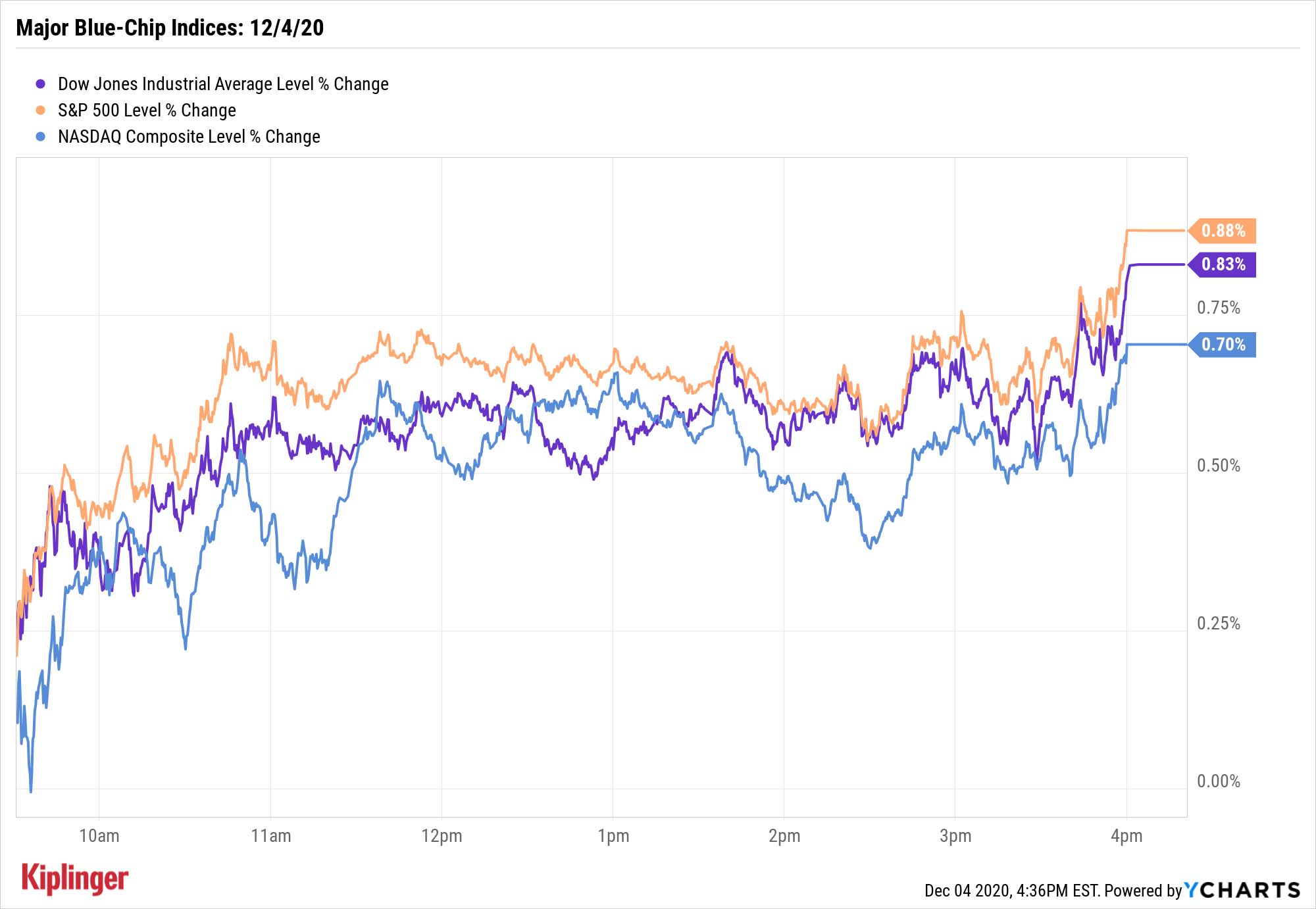
What Are Wall Street's Biggest Investors Buying?
We've written at various points about a "great rotation" into value stocks, and how it's expected to continue when COVID vaccines advance past the trial stages.
You're also starting to see signs of that in so-called smart money stock transactions – though in several cases, hedge funds and other billionaires are sticking with highfliers from earlier in the year.
Recently, influential investors such as Warren Buffett released new info about their latest trades, and we delved into many of the stocks these institutional investors were unloading. Now, we're digging into some of their highest-conviction positions.
Read on as we show you some of the billionaires' top stock picks for the third quarter. In some cases, the smart money added on to already large existing positions. In others, they made a statement by pushing a pile of money into new stakes.
Profit and prosper with the best of Kiplinger's advice on investing, taxes, retirement, personal finance and much more. Delivered daily. Enter your email in the box and click Sign Me Up.
Kyle Woodley is the Editor-in-Chief of WealthUp, a site dedicated to improving the personal finances and financial literacy of people of all ages. He also writes the weekly The Weekend Tea newsletter, which covers both news and analysis about spending, saving, investing, the economy and more.
Kyle was previously the Senior Investing Editor for Kiplinger.com, and the Managing Editor for InvestorPlace.com before that. His work has appeared in several outlets, including Yahoo! Finance, MSN Money, Barchart, The Globe & Mail and the Nasdaq. He also has appeared as a guest on Fox Business Network and Money Radio, among other shows and podcasts, and he has been quoted in several outlets, including MarketWatch, Vice and Univision. He is a proud graduate of The Ohio State University, where he earned a BA in journalism.
You can check out his thoughts on the markets (and more) at @KyleWoodley.
-
 The Retirement Donor's Checklist: Key Deadlines by Gift Type
The Retirement Donor's Checklist: Key Deadlines by Gift TypeRetirees have some charitable contribution options that can help avoid spikes in income from RMDS and capital gains.
-
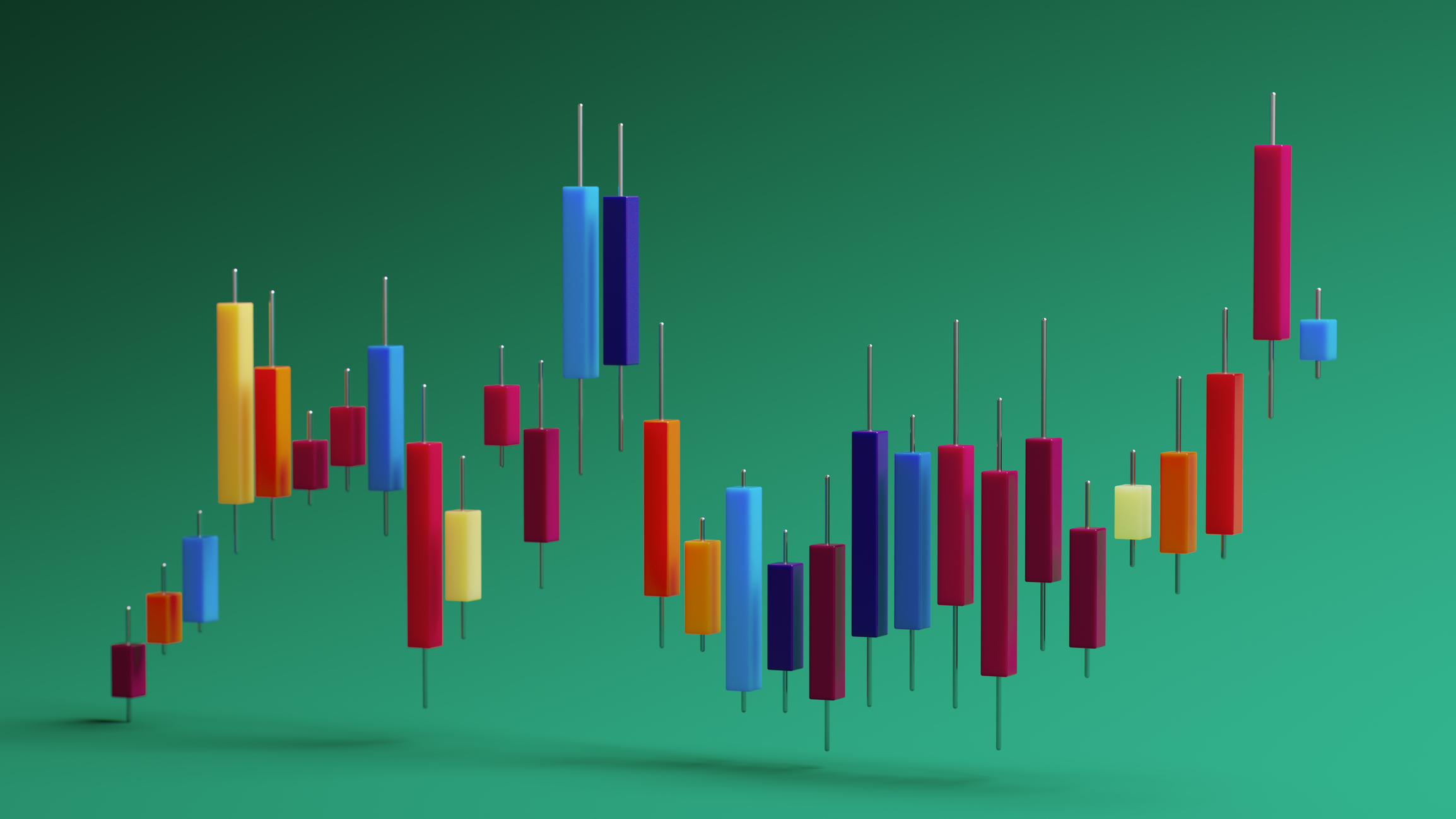 Cooler Inflation Supports a Relief Rally: Stock Market Today
Cooler Inflation Supports a Relief Rally: Stock Market TodayInvestors, traders and speculators welcome much-better-than-hoped-for core CPI data on top of optimism-renewing AI earnings.
-
 Are T-Mobile's Prepaid Perks a Home Run or a Strikeout?
Are T-Mobile's Prepaid Perks a Home Run or a Strikeout?T-Mobile's prepaid lineup promises MLB.TV, T-Mobile Tuesdays and hotspot data. But do the perks make it worth switching?
-
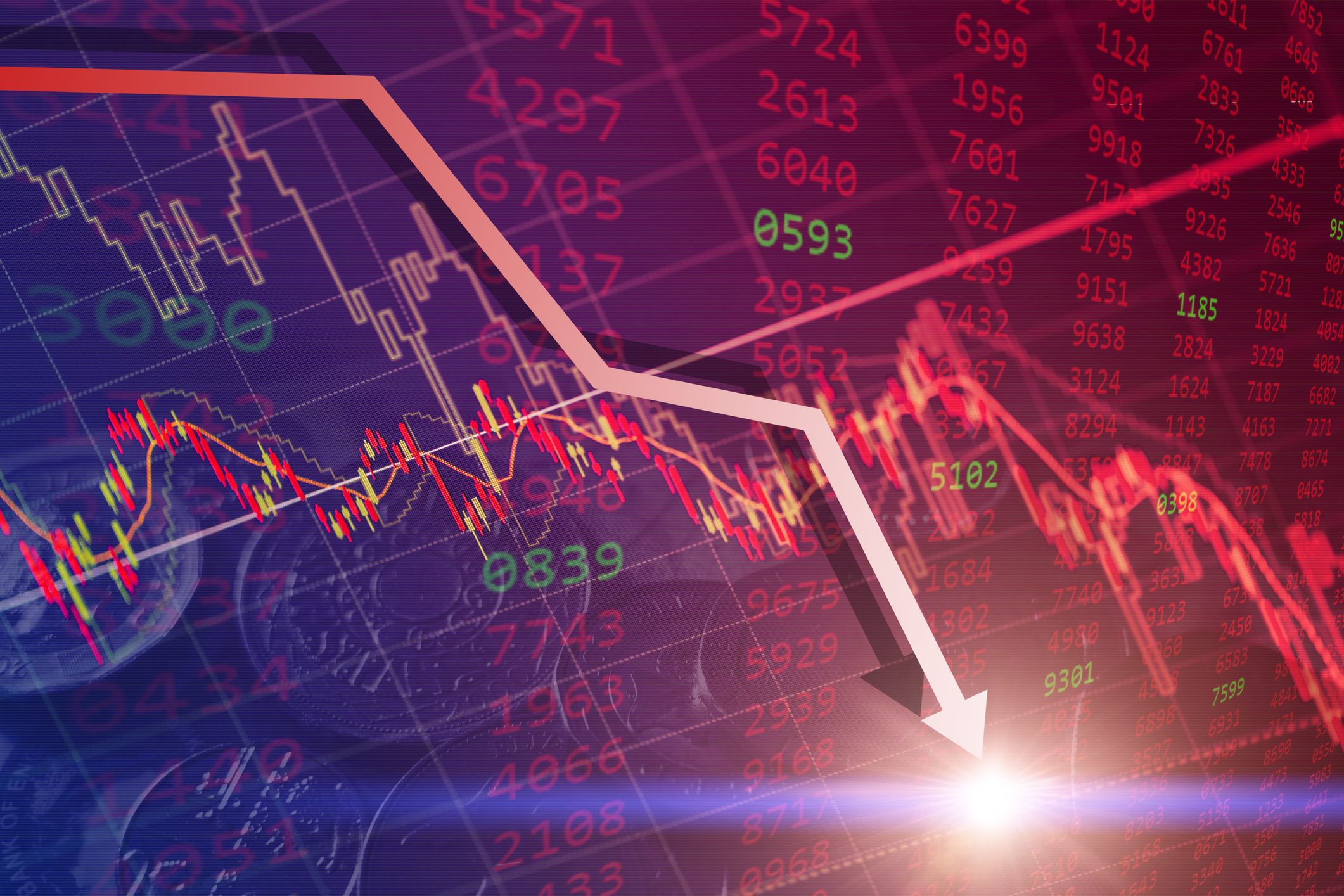 Nasdaq Sinks 418 Points as Tech Chills: Stock Market Today
Nasdaq Sinks 418 Points as Tech Chills: Stock Market TodayInvestors, traders and speculators are growing cooler to the AI revolution as winter approaches.
-
 Stocks Chop as the Unemployment Rate Jumps: Stock Market Today
Stocks Chop as the Unemployment Rate Jumps: Stock Market TodayNovember job growth was stronger than expected, but sharp losses in October and a rising unemployment rate are worrying market participants.
-
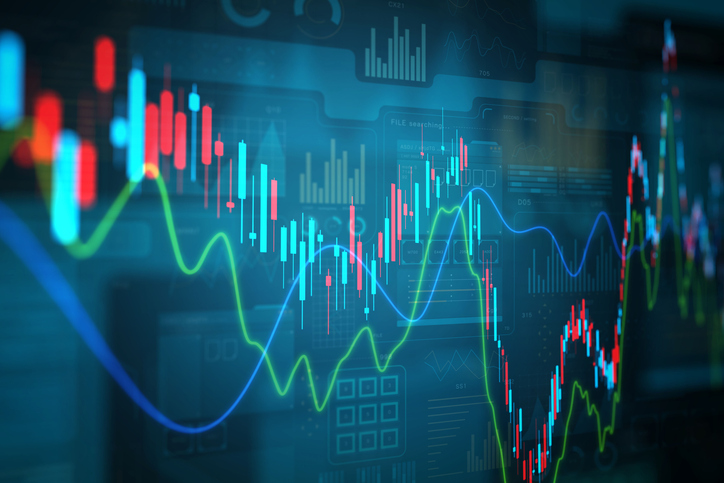 Stocks Slip to Start Fed Week: Stock Market Today
Stocks Slip to Start Fed Week: Stock Market TodayWhile a rate cut is widely expected this week, uncertainty is building around the Fed's future plans for monetary policy.
-
 Crypto Trends to Watch in 2026
Crypto Trends to Watch in 2026Cryptocurrency is still less than 20 years old, but it remains a fast-moving (and also maturing) market. Here are the crypto trends to watch for in 2026.
-
 If You'd Put $1,000 Into Coca-Cola Stock 20 Years Ago, Here's What You'd Have Today
If You'd Put $1,000 Into Coca-Cola Stock 20 Years Ago, Here's What You'd Have TodayEven with its reliable dividend growth and generous stock buybacks, Coca-Cola has underperformed the broad market in the long term.
-
 If You Put $1,000 into Qualcomm Stock 20 Years Ago, Here's What You Would Have Today
If You Put $1,000 into Qualcomm Stock 20 Years Ago, Here's What You Would Have TodayQualcomm stock has been a big disappointment for truly long-term investors.
-
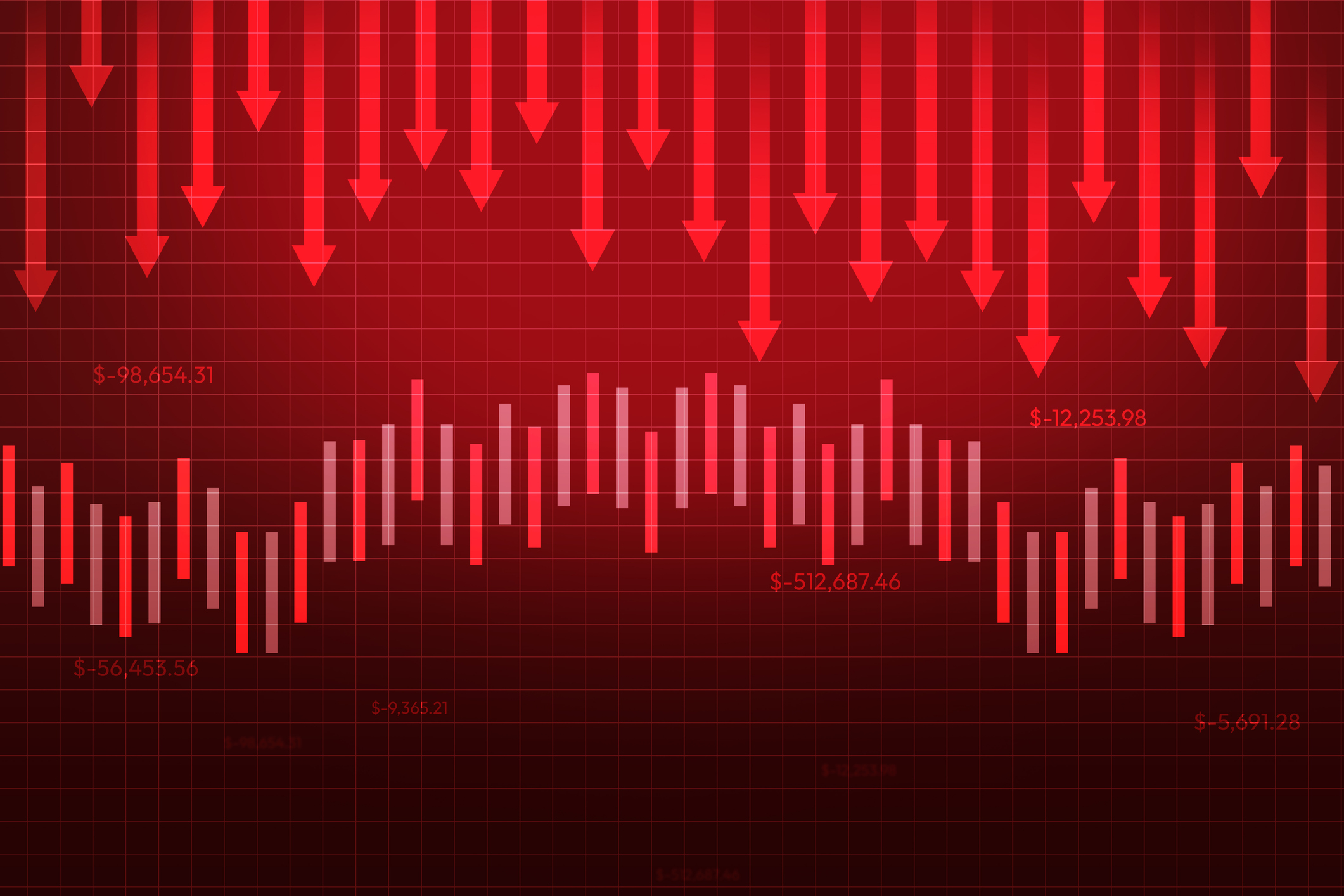 Risk Is Off Again, Dow Falls 397 Points: Stock Market Today
Risk Is Off Again, Dow Falls 397 Points: Stock Market TodayMarket participants are weighing still-solid earnings against both expectations and an increasingly opaque economic picture.
-
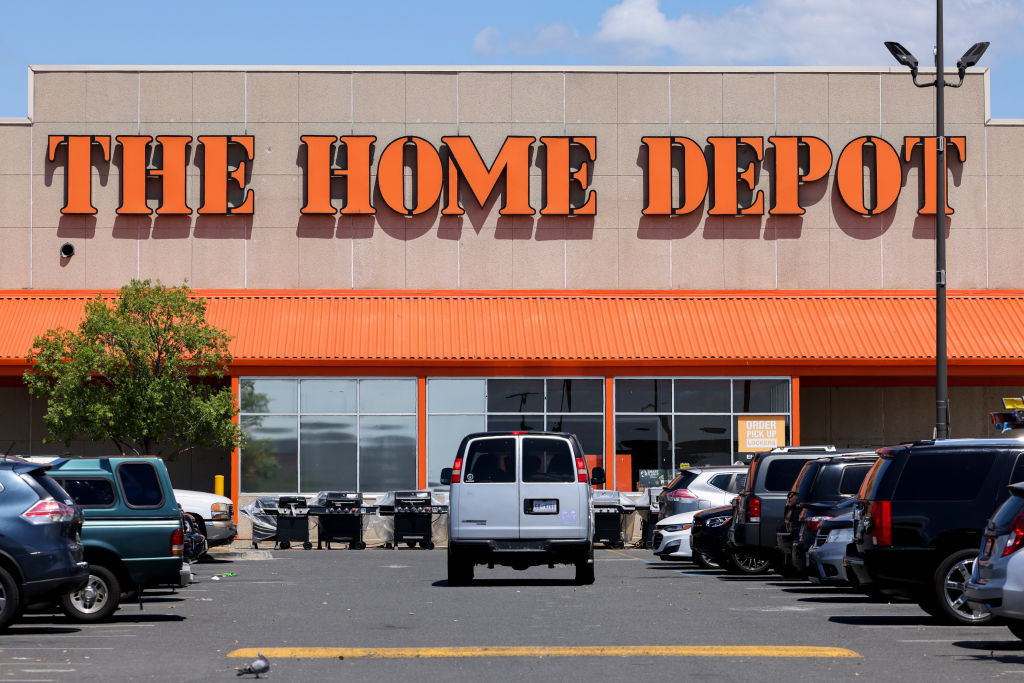 If You'd Put $1,000 Into Home Depot Stock 20 Years Ago, Here's What You'd Have Today
If You'd Put $1,000 Into Home Depot Stock 20 Years Ago, Here's What You'd Have TodayHome Depot stock has been a buy-and-hold banger for truly long-term investors.
